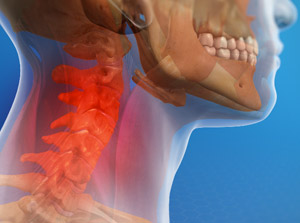Anatomy of the Spine
The spinal column is the body’s main support structure. Its thirty-three bones, called vertebrae, are divided into five regions: cervical, thoracic, lumbar, sacral and coccygeal.
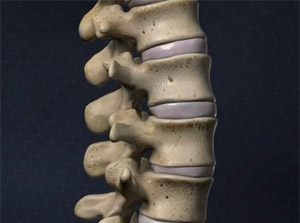
Biceps Tendonitis (at the Elbow)
This is a problem with a tendon in your elbow. It’s called the “distal biceps tendon.” It connects the biceps muscle of your upper arm to the radius bone at the elbow. With this condition, the tendon becomes painfully inflamed or irritated.

Brachial Plexus Block (Supraclavicular Approach, Electric Stimulation)
This procedure is an injection of anesthesia (or an anesthetic/steroid mixture) around the brachial plexus, a network of nerve fibers that travels from the spine to the arm. This procedure can be used to block the pain of surgery on the shoulder, arm or hand, or it can be used to manage the pain of chronic issues such as arthritis.
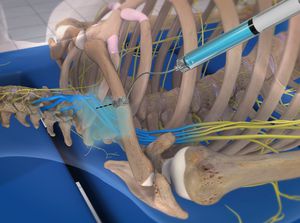
Carpal Tunnel Syndrome
Pain, numbness and tingling in your hand may be from carpal tunnel syndrome. It happens when the area around the main nerve to your hand is too tight. The nerve is called the median nerve. And the small space in your wrist where it passes is called the carpal tunnel.
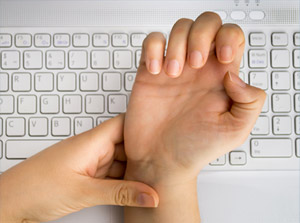
Cervical Facet Radiofrequency Neurotomy
During this minimally-invasive procedure, the physician uses heat from radio waves to treat painful facet joints in your neck. This procedure is also called radiofrequency rhizotomy. It can treat pain that doesn’t respond to medications or to physical therapy.
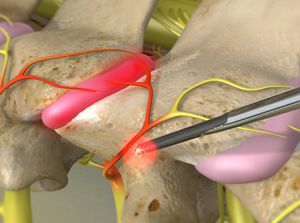
Cervical Radiculopathy
This condition is an irritation or compression of one or more nerve roots in the cervical spine. Because these nerves travel to the shoulders, arms and hands, an injury in the cervical spine can cause symptoms in these areas. Cervical radiculopathy may result from a variety of problems with the bones and tissues of the cervical spinal column.
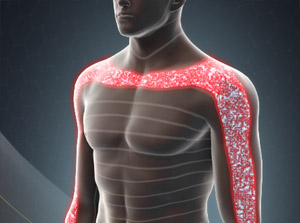
Cervical Transforaminal Epidural Steroid Injection
This injection procedure is performed to relieve neck, shoulder and arm pain related to compression of a nerve root in the cervical spine. Conditions such as herniated discs and spinal stenosis can compress nerves, causing inflammation and pain. The medication injected helps decrease the swelling of nerves.
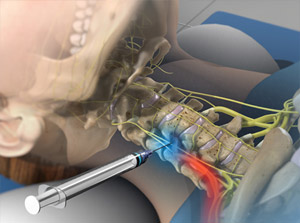
Complex Regional Pain Syndrome (CRPS)
This is a type of chronic, long-lasting, pain. In most cases, it develops in an arm or a leg that you have previously injured. With CRPS, you may have unexplained pain that won’t go away. It may be severe, and it may spread.
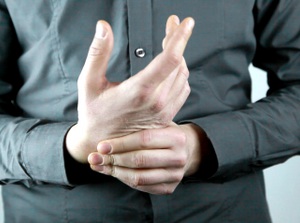
Discography (Lumbar)
This procedure, also called a “discogram,” helps your doctor find painful spinal discs. It can show the source of pain in your back. To see how it works, let’s watch a discography done in the lumbar spine.
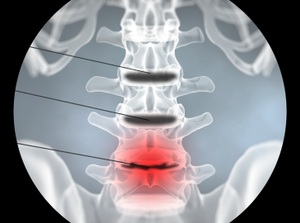
Facet Joint Injections
The facet joints, found on both sides of the back of the spine, can become painfully irritated or inflamed. A facet joint injection may help diagnose the source of a patient’s pain. It can also relieve pain and inflammation.
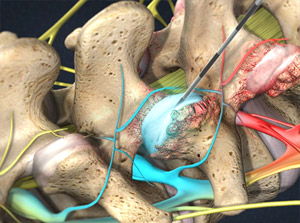
Facet Joint Syndrome
This condition is a deterioration of the facet joints, which help stabilize the spine and limit excessive motion. The facet joints are lined with cartilage and are surrounded by a lubricating capsule that enables the vertebrae to bend and twist.
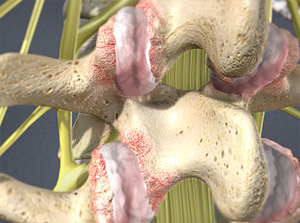
Fluoroscopic Guided Steroid Injection for Knee Pain
This non-operative, outpatient procedure is designed to provide relief for patients with arthritis of the knee. The technique allows the physician to inject an inflammation-reducing steroid with maximum accuracy.
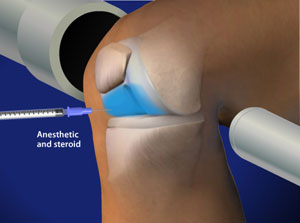
Frozen Shoulder (Adhesive Capsulitis)
This is stiffening of your shoulder. It happens over time, and you may not know what caused it. With a frozen shoulder, it can be hard for you to be as active as you like.
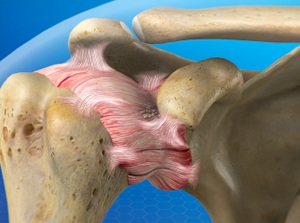
Herniated Discs
A herniated disc is a common injury that can affect any part of the spine. A herniated disc can cause severe pain and other problems in the arms or legs.

Hip Joint Injection
If you have pain in your hip, your doctor may inject medicine into your hip joint. It can help your doctor find where your pain is coming from. It can also make your hip feel better.
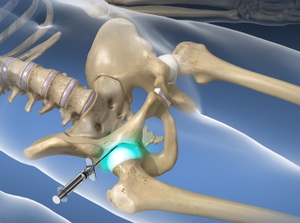
Joint Injection (Therapeutic, Shoulder)
This outpatient injection procedure relieves pain in the shoulder and arm caused by arthritis, injury or disorder.
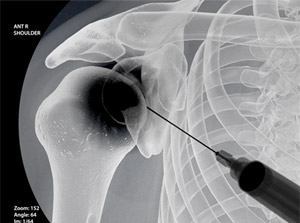
Kyphoplasty (Balloon Vertebroplasty)
This minimally-invasive procedure repairs a vertebral compression fracture. It helps restore the spine’s natural shape. Some patients experience rapid pain relief after the procedure.
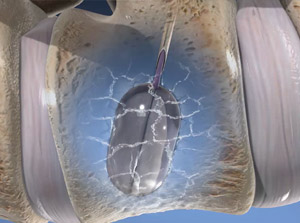
Kyphosis
This condition is a deformity of the spine. With it, your vertebrae change from a cylindrical shape to a wedge shape. Your spine may begin to curve forward. Eventually, this gives your upper back a rounded appearance.
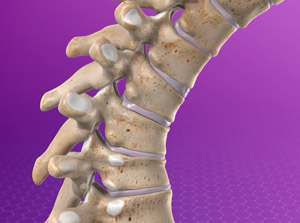
Lateral Epicondylitis (Tennis Elbow)
This condition, commonly called tennis elbow, is an inflammation of the tendons that connect the muscles of the forearm to the elbow. The pain is primarily felt at the lateral epicondyle, the bony bump on the outer side of the elbow.
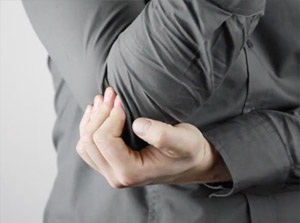
Lumbar Disc Microsurgery
This minimally-invasive procedure relieves pressure on nerve roots caused by a herniated disc. It can eliminate the pain of sciatica.
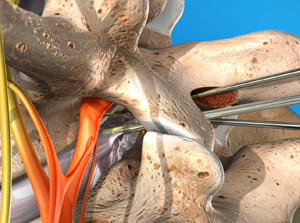
Lumbar Radiculopathy (Sciatica)
This condition is an irritation or compression of one or more nerve roots in the lumbar spine. Because these nerves travel to the hips, buttocks, legs and feet, an injury in the lumbar spine can cause symptoms in these areas. Sciatica may result from a variety of problems with the bones and tissues of the lumbar spinal column.
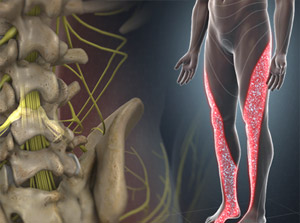
Lumbar Sympathetic Block
This procedure is an injection that numbs branches of nerves in your lower back. It helps doctors find and treat a number of problems linked to these nerves. Usually, a series of injections is needed to treat a problem.
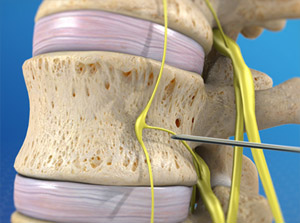
Lumbar Transforaminal Epidural Steroid Injection
This outpatient procedure is an injection of a steroid-anesthetic medication. The medication can reduce swelling and inflammation of irritated spinal nerves. This procedure is performed to relieve pain in the lower back and pain that radiates from the back to the legs. The injection takes only a few minutes to complete.
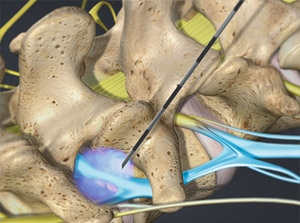
Medial Collateral Ligament (MCL) Injury
This is a stretching or tearing of a ligament on the inner side of your knee. The medial collateral ligament, commonly called the “MCL”, is connected to the femur and to the tibia. The MCL helps stabilize your knee. This ligament, along with the lateral collateral ligament, helps prevent excessive side-to-side movement of your knee joint. It helps keep the upper and lower leg aligned properly.
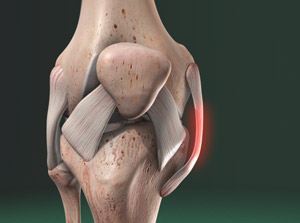
Medial Epicondylitis (Golfer’s Elbow)
This condition, commonly called golfer’s elbow, is an inflammation of the tendons that connect the muscles of the forearm to the elbow. The pain is primarily felt at the medial epicondyle, the bony bump on the inner side of the elbow.
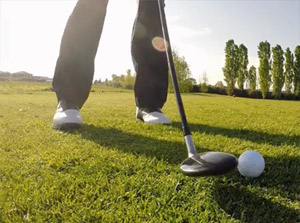
Meniscus Tear
This is a common injury of the knee. Your knee joint is cushioned by two c-shaped wedges of cartilage called the “menisci.” Each individual cushion is called a “meniscus.” This injury is a tear of one of these cushions.
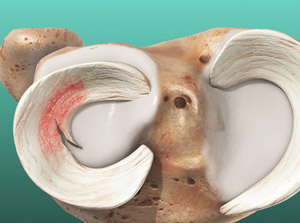
Opioids (Physical Dependence and Addiction)
Opioids are a class of powerful drugs. They can block pain signals, and they can help control severe pain. But they can be dangerous. Over time, you may find it hard to stop taking opioids. And some people become addicted to the drugs.

Osteoarthritis of the Hand
Osteoarthritis is the most common form of arthritis. It develops over time, often because of the wear and tear of daily activities.
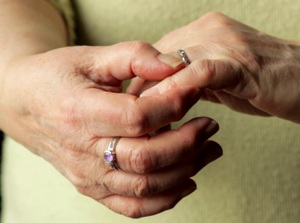
Osteoarthritis of the Hip
This type of arthritis, also called “degenerative joint disease,” is a breakdown of the cartilage in your hip joint. As this protective cartilage wears away, bone rubs against bone. Bony growths called “bone spurs” may form in the joint. Pain from osteoarthritis can keep you from being as active as you like.
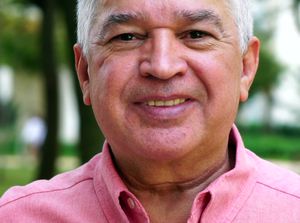
Osteoarthritis of the Knee
Osteoarthritis, also called degenerative arthritis, is a gradual breakdown of cartilage in the joints. Cartilage is a tough, flexible connective tissue that protects the ends of bones in the joints. Osteoarthritis is common in the knees because the knees bear the weight of the body. Osteoarthritis of the knee can severely impact a person’s lifestyle.
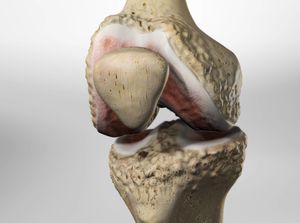
Osteoarthritis of the Shoulder
Osteoarthritis, also called degenerative arthritis, is a gradual breakdown of cartilage in the joints. Cartilage is a tough, flexible connective tissue that protects the ends of bones in the joints. Osteoarthritis of the shoulder can severely impact a person’s lifestyle.
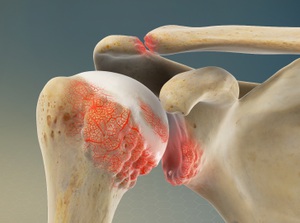
Pain Management (Overview)
If you suffer from pain, you know how hard it can be to live with. Pain management is a branch of medical care that specializes in pain control. It can help you enjoy a better quality of life.

Percutaneous Cervical Disc Nucleoplasty
This minimally-invasive procedure uses a small needle and advanced radiofrequency technology to reduce a herniated disc. The procedure may be performed on an outpatient basis.
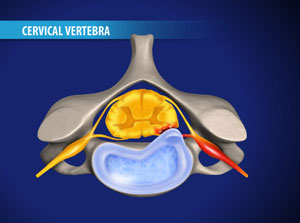
Percutaneous Disc Decompression (Stryker® Disc Dekompressor® Discectomy)
This is a procedure to treat a herniated disc. That’s a bulging disc in your spine. Getting rid of the bulge can relieve pressure on your nerves. It can relieve pain in your lower back and your legs.
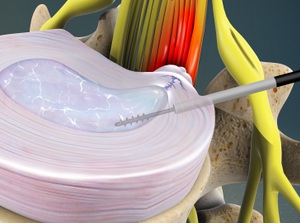
Post-Laminectomy Syndrome
This condition, also called “failed back syndrome,” is a type of chronic pain. It can develop in some people after spine surgery.
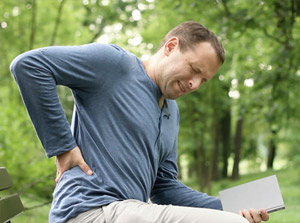
PRP Therapy (Overview)
Platelet rich plasma therapy can help injured joints and other problems. It uses parts of your own blood to reduce pain and speed up healing.
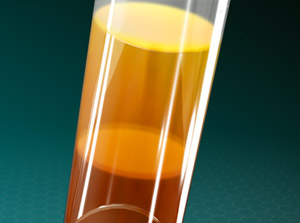
PRP Therapy for Achilles Tendon Pain
If you have pain in your Achilles tendon, platelet rich plasma therapy may help. It uses parts of your own blood to help your body heal itself. PRP can help your ankle feel better and work better.
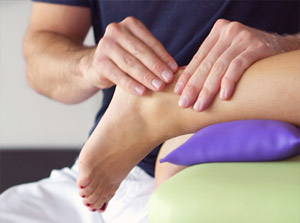
PRP Therapy for Hip Arthritis
If you have arthritis in your hip, platelet rich plasma therapy may help. It uses parts of your own blood to help your body heal itself. PRP can help your hip feel better and work better.
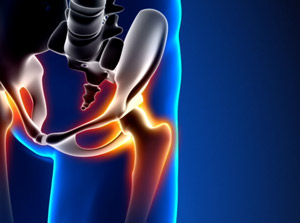
PRP Therapy for Knee Arthritis
If you have arthritis in your knee, platelet rich plasma therapy may help. It uses parts of your own blood to help your body heal itself. PRP can help your knee feel better and work better.
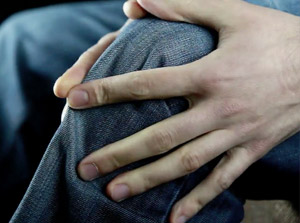
PRP Therapy for Peroneal Tendonitis
If you have painful tendons on the outer side of your ankle, platelet rich plasma therapy may help. It uses parts of your own blood to help your body heal itself. PRP can help your ankle feel better and work better.
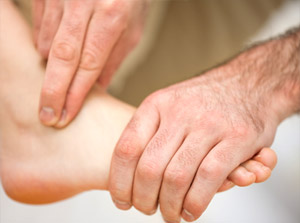
PRP Therapy for Plantar Fasciitis
If you have pain in your foot from plantar fasciitis, platelet rich plasma therapy may help. It uses parts of your own blood to help your body heal itself. PRP can help your foot feel better and work better.
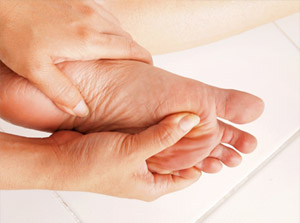
PRP Therapy for Shoulder Pain
If you have shoulder pain, platelet rich plasma therapy may help. It uses parts of your own blood to help your body heal itself. PRP can help your shoulder feel better and work better.
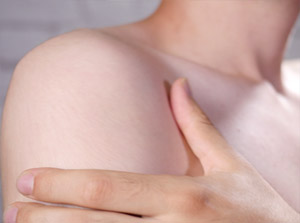
RACZ Caudal Neurolysis
This injection, generally performed as an outpatient procedure under local anesthesia, relieves low back and leg pain most often caused by scarring from a prior back surgery. The procedure is performed with the patient lying face down with a cushion placed under the stomach.
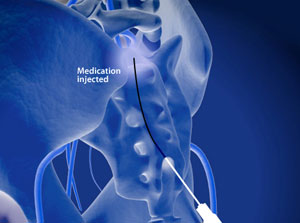
Radiofrequency Neurotomy of the Lumbar Facets
During this minimally-invasive procedure, the physician uses heat from radio waves to treat painful facet joints in your lower back. This procedure is also called radiofrequency rhizotomy. It can treat pain that doesn’t respond to medications or to physical therapy.
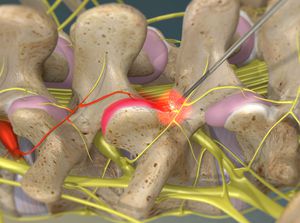
Rotator Cuff Injuries
The rotator cuff muscles and tendons hold your upper arm bone in your shoulder socket. A hard fall, repetitive arm motions or problems with the structure of your shoulder can injure the rotator cuff.
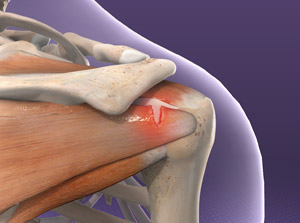
Sacroiliac Joint Pain
Your sacroiliac joints (we call them the “SI” joints) are the places where your hips meet your spine. These joints don’t have a lot of flexibility, but they do move slightly as you move your body. And if SI joints become damaged or diseased, it can be painful.
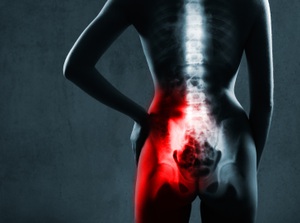
Scoliosis
This condition is an abnormal curvature of the spine. It most often develops in early childhood, just before a child reaches puberty.
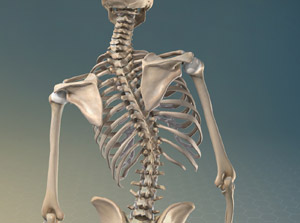
Shoulder Impingement Syndrome
This is a painful pinching of soft tissues in your shoulder. It happens when these tissues rub and press against a part of your shoulder blade called the “acromion.” This can irritate your rotator cuff tendons, and also a soft sac called the “subacromial bursa.”
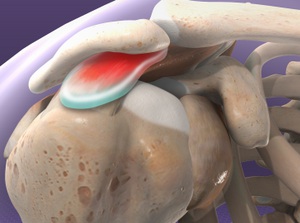
Spinal Cord Stimulator Implant
Spinal cord stimulation (also called SCS) uses electrical impulses to relieve chronic pain of the back, arms and legs. It is believed that electrical pulses prevent pain signals from being received by the brain. SCS candidates include people who suffer from neuropathic pain and for whom conservative treatments have failed.
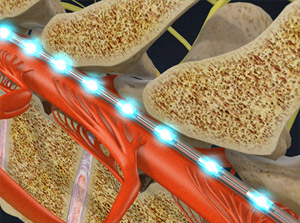
Spinal Cord Stimulator Implant (Trial Procedure)
Spinal cord stimulation (also called SCS) uses electrical impulses to relieve chronic pain of the back, arms and legs. It is believed that electrical pulses prevent pain signals from being received by the brain. SCS candidates include people who suffer from neuropathic pain and for whom conservative treatments have failed.
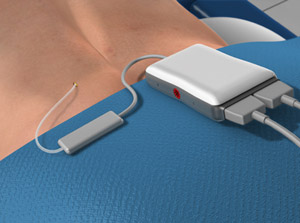
Spinal Stenosis
The spinal column contains open spaces that create passageways for the spinal cord and the spinal nerves. Spinal stenosis is a narrowing of (or an intrusion into) these openings. This can cause a compression of the nerves. Spinal stenosis most commonly affects the cervical and lumbar regions of the spine.
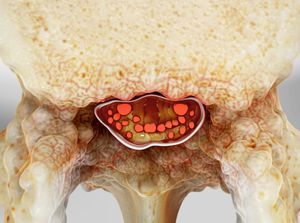
Spondylosis
This condition is a degeneration of the spine that can affect the spine at any level, resulting in pain and discomfort that can grow worse over time.
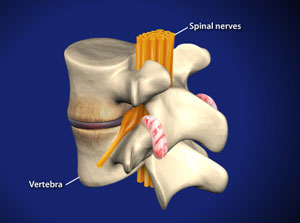
Stellate Ganglion Block
A stellate ganglion nerve block is an injection that numbs branches of nerves in your neck. This helps doctors find and treat a number of problems linked to the nerves. Treatment may require a series of injections.
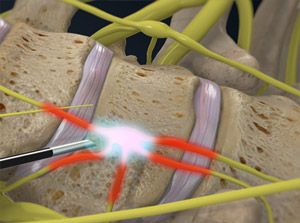
Stem Cell Therapy for Avascular Necrosis of the Hip
This minimially-invasive procedure is used to treat avascular necrosis of the hip (the death of bone tissue from lack of blood) with an injection of stem cells drawn from the patient’s pelvis. The stem cells promote the natural healing of the necrotic bone tissue.
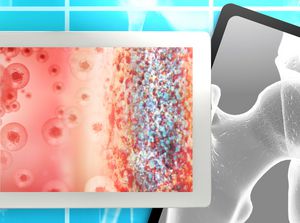
Stem Cell Therapy for Knee Pain
If you have injured your knee, or if normal wear and tear has caused degeneration of your joint, stem cell therapy may help. It uses parts of your own blood to help repair knee damage. It may help you avoid surgery.
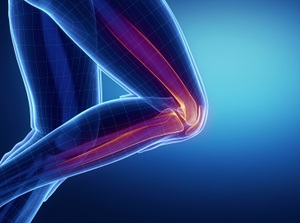
Stem Cell Therapy for Nonunion Fracture of the Tibia
This minimially-invasive procedure is used to treat a fracture of the tibia that has failed to heal after several months with an injection of stem cells drawn from the patient’s pelvis. The stem cells promote the natural healing of the fracture.
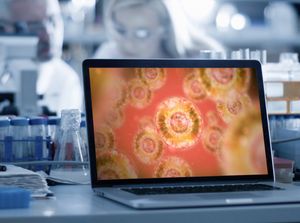
Stem Cell Therapy for Spinal Discs
Spinal discs allow your spine to bend and twist. These flexible shock absorbers can be damaged by injury, disease, or the added stress that can result from a spinal fusion. But stem cell therapy may help. It uses parts of your own blood to help repair disc damage. It can slow disc degeneration. It may help you avoid surgery.

Subacromial Injection
This injection goes into your shoulder. It can help reduce your shoulder pain. We use it to treat many conditions. It’s used for adhesive capsulitis, rotator cuff tendinosis and impingement syndrome.
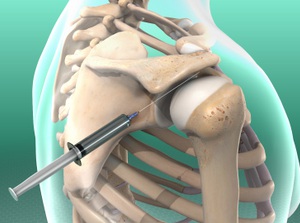
Suprascapular Nerve Block (Fluoroscopically Guided)
This outpatient procedure is used to treat pain and discomfort from arthritis, bursitis or impingement of the suprascapular nerve in the shoulder joint. The suprascapular nerve is a major motor nerve that serves the muscles of the shoulder.
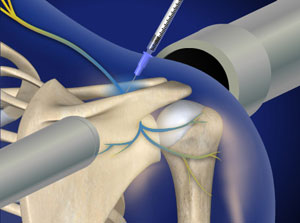
Trigeminal Neuralgia (TN)
This chronic condition is caused by a misfiring of the trigeminal nerve. An attack causes brief episodes of extreme, shooting pain.
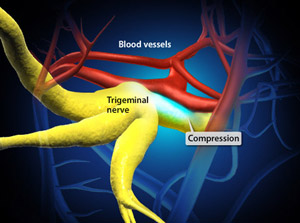
Trigger Point Injections
This outpatient procedure is designed to reduce or relieve the pain of trigger points. These small, tender knots can form in muscles or in the fascia (the soft, stretchy connective tissue that surrounds muscles and organs). The trigger point injection procedure takes only a few minutes to complete.
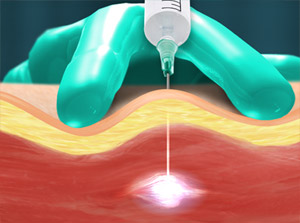
Vertebroplasty
This minimally-invasive procedure is an injection of bone cement into a vertebra. It stabilizes a compression fracture of the spine. One or more vertebrae may need to be treated.
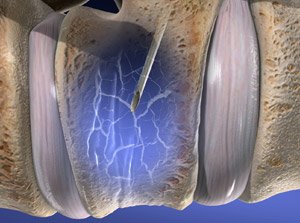
Whiplash
This is a common neck injury. It happens when your neck jerks back and forth quickly and violently. Your spine bends past its normal range of motion. This can injure the vertebrae of your cervical spine. It can damage the supporting ligaments and muscles in your neck.
